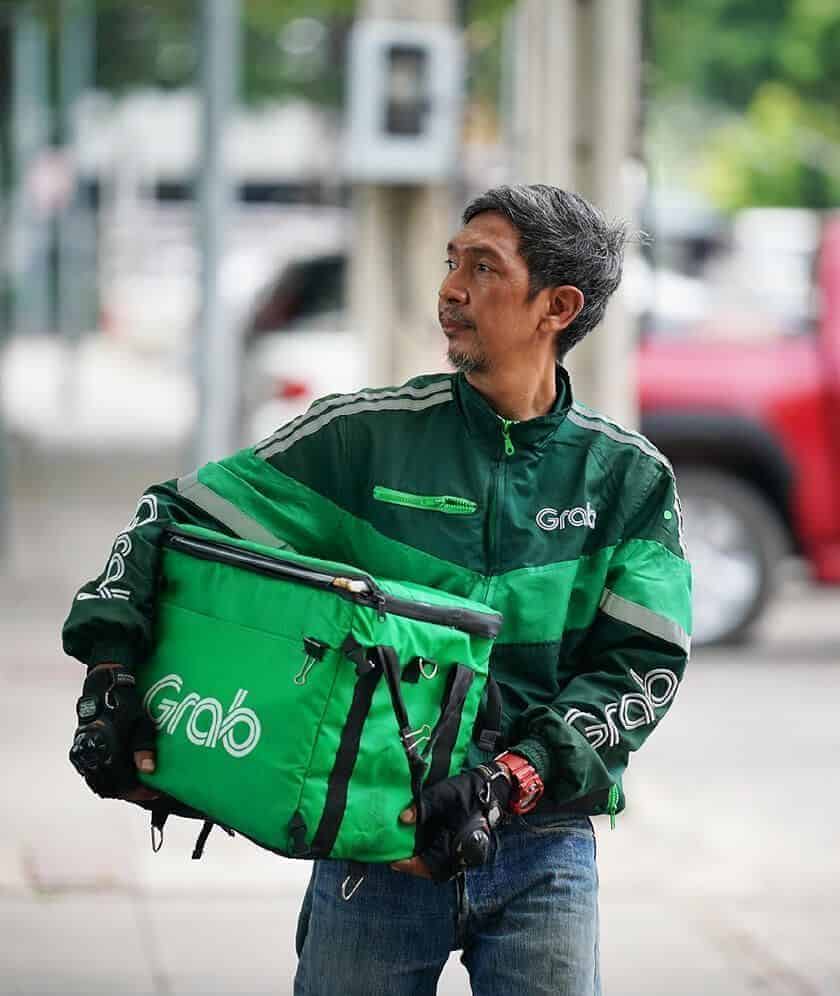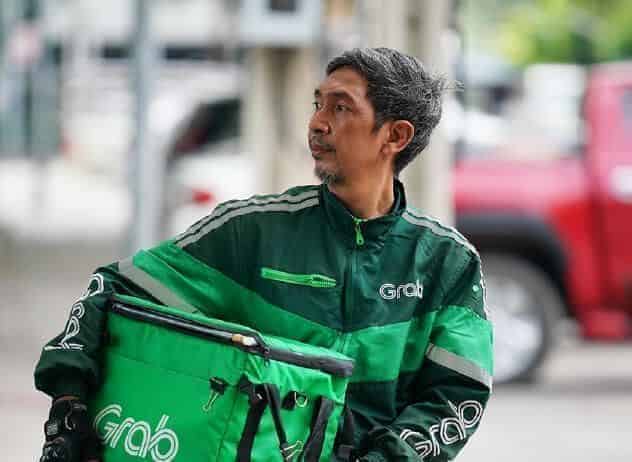KartaCam 2: Grab’s next-generation map-making camera
GrabMaps has come a long way since its inception in 2017 thanks to KartaCams—little action cameras mounted on bike helmets or car windshields. These are used to collect high quality street-level imagery for mapmaking and are captured by driver-partners while they’re ferrying passengers or delivering goods.
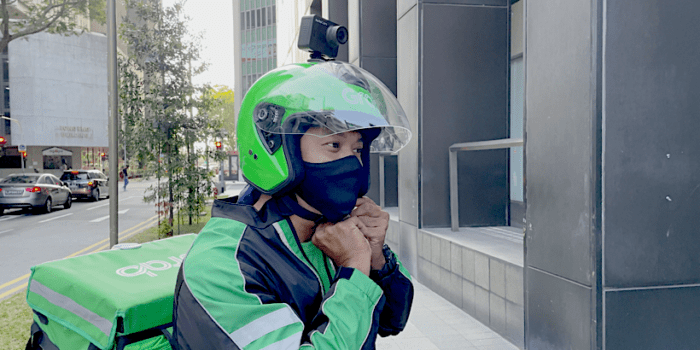
Since then, we’ve deployed thousands KartaCams across Southeast Asia and collected billions of images, to make GrabMaps as precise and context-rich as possible.
Now, we’re building on the features of our first cameras, KartaCam and KartaCam360, to launch KartaCam 2 this month. Hundreds of KartaCam 2 will be rolled out across the region in the first half of 2024.
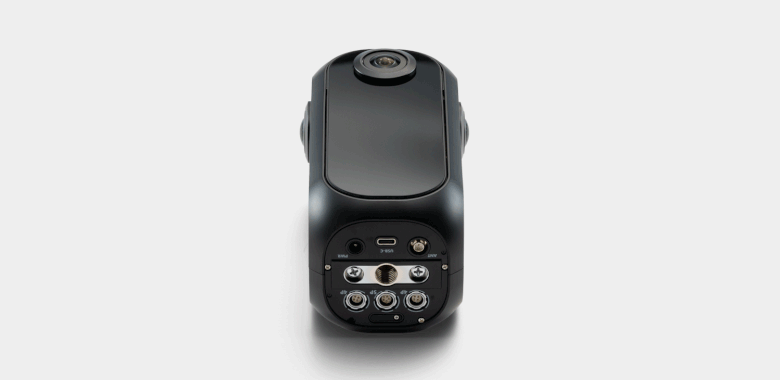
Early test results for KartaCam 2 have been encouraging. With its dual band GPS (Global Positioning System) module and an extendable antenna, both the position accuracy and the signal stability are much improved compared with the last generation.
Cost-savings and job opportunities
By relying on in-house capabilities to build KartaCam 2, Grab would save close to 90 per cent in hardware and imagery collection costs compared to outsourcing to a third party.
Furthermore, third party map providers have struggled to map some of the region’s more challenging terrain, such as small alleys that four-wheeled vehicles can’t pass through. As such, Southeast Asia is not as well mapped as other parts of the world.
Large parts of the region are also developing at a rapid pace, and many big mapping players were not refreshing quickly enough to reflect real-life changes to roads and landmarks here.
(Read more: Mapping hidden roads and alleys with the help of our driver-partners)
Another benefit of building our own mapping solutions is providing an additional income stream for driver-partners who help with gathering data. They have the flexibility to choose jobs they want such as routes that they are familiar with or areas that are convenient to get to.
Driver-partners can sign up for jobs through the KartaView app. We also regularly engage with driver-partners through social media, the Grab Driver app and messaging apps to notify them of available opportunities.
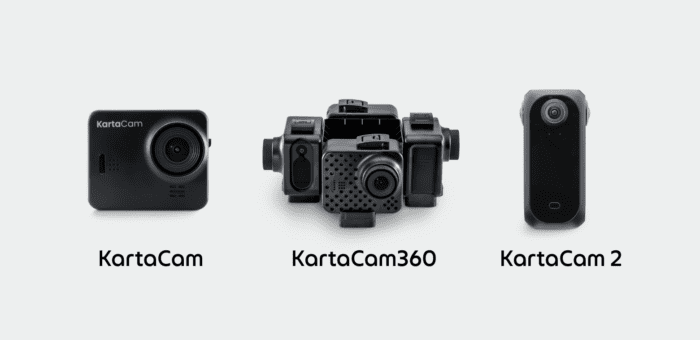
The predecessors: KartaCam and KartaCam360
KartaCam uses edge artificial intelligence (AI), a combination of edge computing and AI that brings computation closer to the devices collecting data, making collection faster and smarter.
Other key features include 4G and Wi-Fi to allow us to configure the camera remotely, AI to check image quality without having to upload all images to the cloud, and Bluetooth to pair it with a driver-partner’s mobile phone.

But KartaCam only had a 150-degree view. The following year, we built KartaCam360 by piecing four KartaCams together, where images collected can be stitched together to produce one panoramic image. This enabled us to gather data with a quality level comparable to that of professional cameras, yet at a cost that was 10 times lower.
KartaCam 2: better images, precise locations
Still using edge AI, but much more powerful, KartaCam 2 delivers images of even better quality and boasts more precise location data. It’s also more portable and more intuitive to use.
Here are some key improvements:
- Four 48-megapixel image sensors with full coverage 360-degree imagery (360 degrees for both horizontal and vertical axes, versus KartaCam’s 84-degree vertical coverage)
- More accurate and precise positioning (10Hz GPS frequency from only 1Hz, and support for real-time kinematic GPS)
- LiDAR (Light Detection and Ranging) compatible: LiDAR is a laser scanner that can accurately measure the distances of surrounding objects. KartaCam 2 is set up to tap into this technology, which will let it deliver even more detailed spatial information.
- Ergonomic, portable, easy to operate and much more efficient. User testing in Jakarta showed that the time taken to set up the KartaCam 2 is 83 per cent quicker than before.
This smart capturing function of the KartaCams has made uploading images to the cloud more cost-effective while decreasing the number of low-quality images. For instance, it automatically retakes images in the event that it captures low-quality ones and can blur out personally identifiable information like faces and car licence plates.
(Read more: Blurring faces and licence plates in street-level images to protect privacy)
Grab serves a dynamic region, challenging the company to evolve alongside technological advancements. KartaCam 2 is the result of combining the features of older cameras with newer, more advanced technology.
3 Media Close,
Singapore 138498
Komsan Chiyadis
GrabFood delivery-partner, Thailand
COVID-19 has dealt an unprecedented blow to the tourism industry, affecting the livelihoods of millions of workers. One of them was Komsan, an assistant chef in a luxury hotel based in the Srinakarin area.
As the number of tourists at the hotel plunged, he decided to sign up as a GrabFood delivery-partner to earn an alternative income. Soon after, the hotel ceased operations.
Komsan has viewed this change through an optimistic lens, calling it the perfect opportunity for him to embark on a fresh journey after his previous job. Aside from GrabFood deliveries, he now also picks up GrabExpress jobs. It can get tiring, having to shuttle between different locations, but Komsan finds it exciting. And mostly, he’s glad to get his income back on track.
